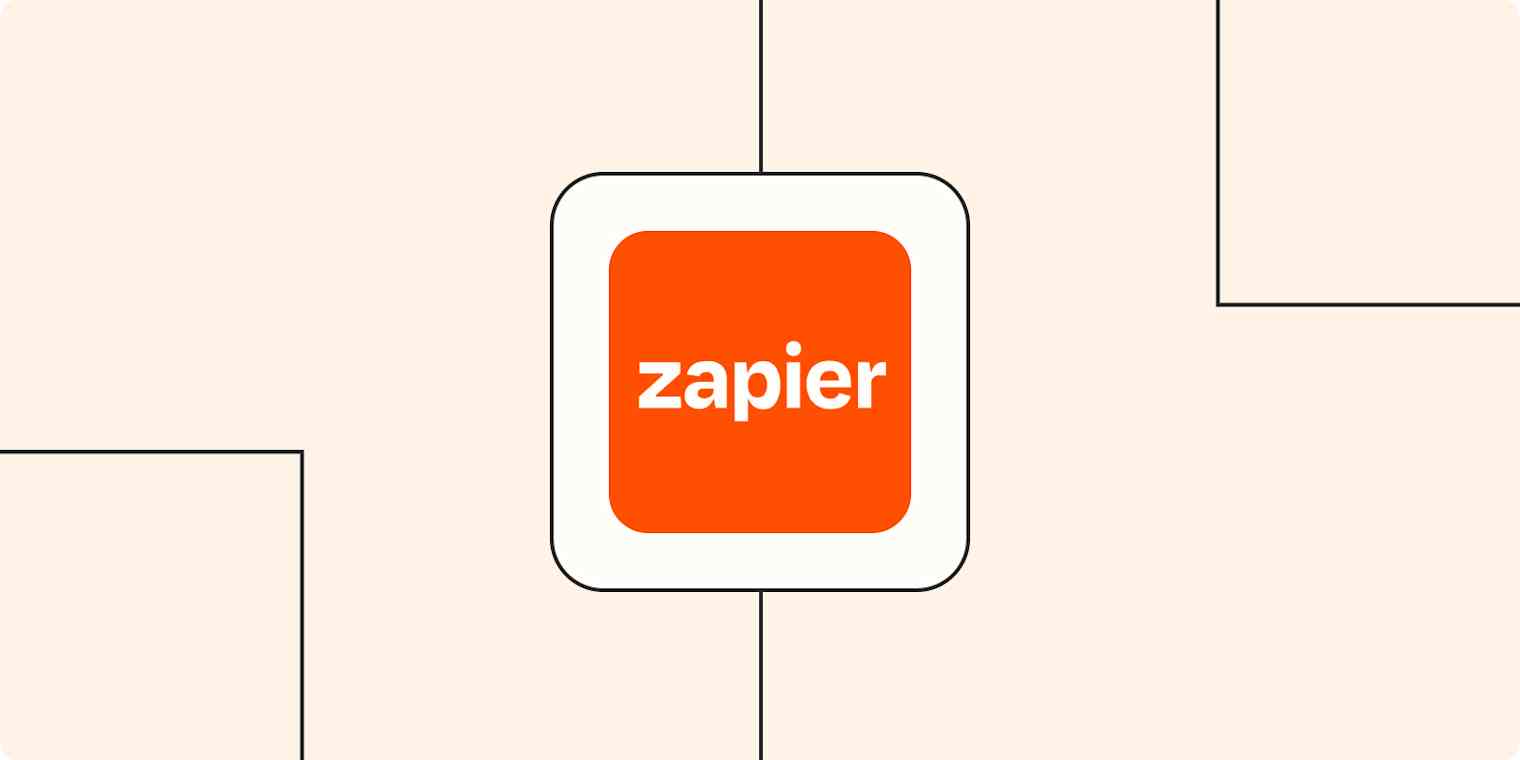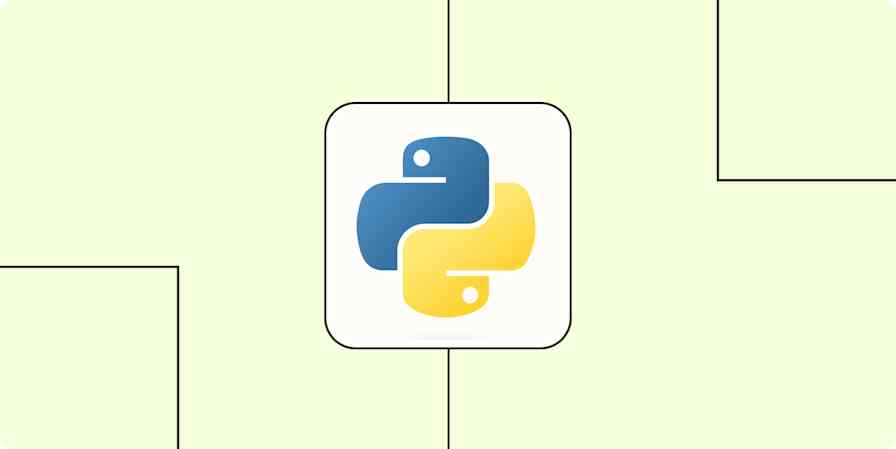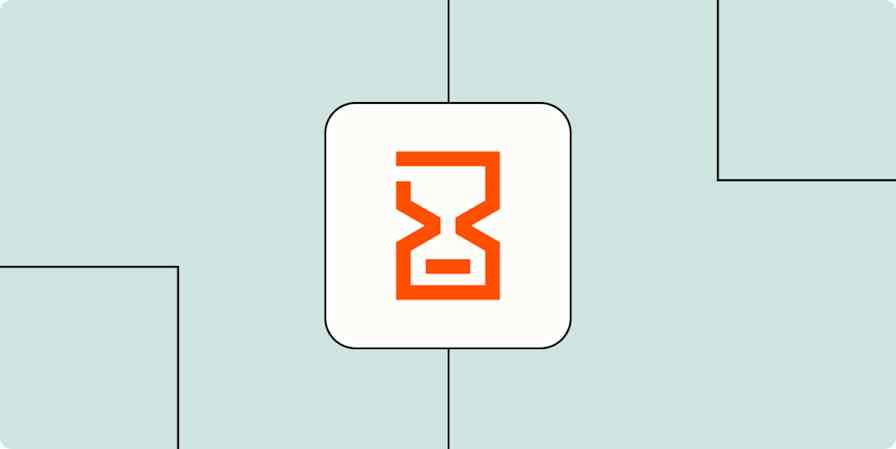The way we work has changed, and this transformation shows no signs of slowing down. Across all industries, we see people embracing new ways of working, and as the future unfolds, I believe automation will play a pivotal role in how we work.
A version of this article was first presented as the keynote talk at ZapConnect, Zapier's user conference. Take a look at the ZapConnect content library for more content like this.
The evolution of technology
Technology tends to follow a cycle. Jobs or tools that once were considered specialized become commonplace as humans get better at technology. Let's take a step back in time to understand this evolution.
1700s: Human computers
Computers date back as far as the 1700s. I'm not talking about the machines you and I use today. Before digital computers were invented, humans served as computers, and they powered everything from astronomy, to navigation, to the space race. This role was particularly popular with scientific and government entities, which had begun to collect large swaths of data by the 19th century but required people to process the data.
Human computers broke down calculations into basic math and often spent entire days solving the same problem over and over. The profession required accuracy, precision, and the ability to work for long periods of time, often on mind-numbing, repetitive tasks and equations.
1962: A distrust of technology
Katherine Johnson, who you may know from the popular film Hidden Figures, is one of the most famous human computers: she was responsible for verifying the flight path of the first rocket launch into space in 1962. Notably, at this time, digital computers did exist, but the technology wasn't trusted by astronauts, who wanted Johnson's eyes on the flight path.

As technology continued to advance, NASA realized that digital computers had the ability to handle complex math with accuracy, at a speed far greater than humans. As the demand for human computers began to dwindle, those human computers became some of the first coders, programming digital computers that you and I use today.
1970s: Typists
As digital computers became more mainstream in the 1970s, new in-demand skill sets emerged. One of them was typists. Typists could be found in all sorts of industries and were sought after for their ability to transcribe documents from shorthand or dictation. Like human computers, typists had to deal with working long hours on tedious tasks, producing the same document multiple times.
As the digital computer advanced, it became more common for workers to have their own keyboards. While most employers wouldn't dream of hiring a typist today, the skill didn't disappear. Rather, technology enabled everyone to develop the skill—increasing efficiency and productivity.
Digital computers continued to gain steam quickly, but the machines were heavy, expensive, and had terrible battery life, which made their adoption into the mainstream slow. Over time, laptop technology improved: the machine became lighter, durable, and easy to use, and that led to an explosion in mainstream adoption.
Moving from manual to mainstream
Ok, so what's with the history lesson here?
My point is that we're now seeing this trend occur with automation. In the past, tasks like transferring data from one place to another were done manually. Just as human computers were tasked with repetitive equations, workers were assigned the tedious and often mind-numbing job of simply collecting and moving data.
Then, the 2000s brought about a software explosion, and everything from forms to spreadsheets went digital. To this day, new apps that solve specific problems are being brought to market regularly, leaving people with more choices for tools than ever before.
Despite this boon, automation has remained expensive, technical, and a specialized skill—reserved for enterprise companies with deep pockets and highly-paid engineers. This has left smaller businesses overlooked and underserved. Until now.
Thanks to tools like Zapier, anyone can use automation. An increasing amount of open job roles ask for automation as a skill; nearly one-third of job seekers list automation as a skill on their resume; and people are using Zapier in ways we never thought possible when we first started, just a decade ago.
Where we are today
We're finally at a place where businesses of all sizes can tap into the same technology used by companies like Spotify, Disney, and Netflix. In fact, 88% of small businesses that use automation say a key benefit is that it allows them to compete with larger companies. Look no further than Segment, who used Zapier to scale their sales operation, and then sold to Twilio for multi-millions. What started out as a small operation grew to a massive scale.
Even if an acquisition isn't your goal, one thing is true: the more you automate, the more you can innovate.








